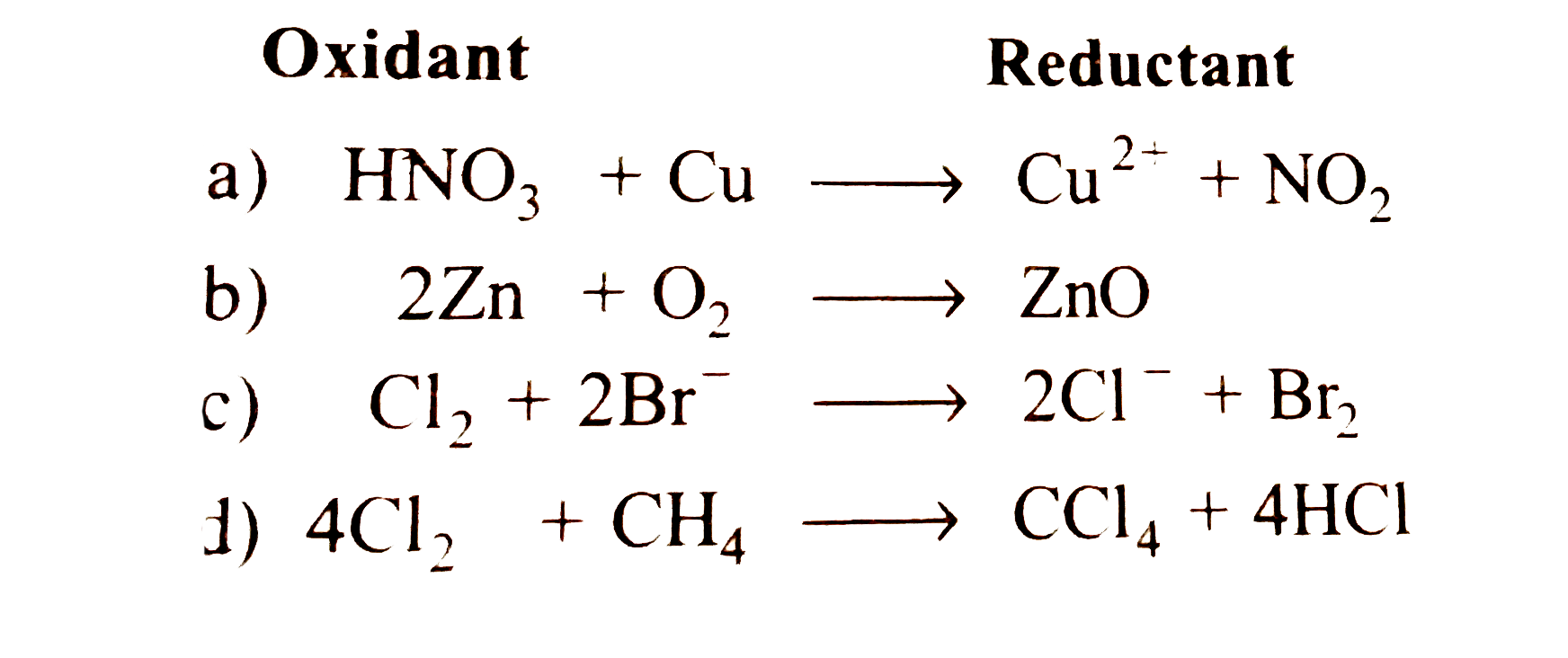The cathode of an electrochemical reaction involves …………………. .
oxidation
reduction
neutralisation
catenation
The correct Answer is:B
Topper's Solved these Questions
- BOOK - FULL MARKSCHAPTER - APPLIED CHEMISTRY EXERCISE - EXERCISE (Fill in the blanks)5videos
APPLIED CHEMISTRY
- BOOK - FULL MARKSCHAPTER - APPLIED CHEMISTRY EXERCISE - EXERCISE (Match the following)1videos
APPLIED CHEMISTRY
- BOOK - FULL MARKSCHAPTER - ACID, BASES AND SALTSEXERCISE - Activity5videos
ACID, BASES AND SALTS
- BOOK - FULL MARKSCHAPTER - ATOMIC STRUCTURE EXERCISE - TEST YOURSELF1videos
ATOMIC STRUCTURE
Similar Questions
Knowledge Check
- Question 1 - Select One
In an aqueous solution the reaction occurs at the cathode, on basis of electrochemical theory of corrosion is
AO2(g)+4H+(aq)+4e−→2H2O(1)BH2(g)+2OH−(aq)→2H2O(1)+2e−CFe(s)→Fe2+(aq)+2e−DFe2+(aq)→Fe3+(aq)+e− - Question 2 - Select One
Oxidation and reduction process involves the transaction of electrons. Loss of electrons is oxidation and the gain of electrons is reduction. It is thus obvious that in a redox reaction, the oxidant is reduced by accepting the electrons and the reductant is oxidised by losing electrons. The reactions in which a species disproportionates into two oxidation states (lower and higher) are called disproportionation reactions. In electrochemical cells, redox reaction is involved, i.e., oxidation takes place at anode and reduction at cathode.
The reaction Cl2→Cl−+ClO−3 is:AoxidationBreductionCdisproportionationDneither oxidation nor reduction - Question 3 - Select One or More
Oxidation and reduction process involves the transaction of electrons. Loss of electrons is oxidation and the gain of electrons is reduction. It is thus obvious that in a redox reaction, the oxidant is reduced by accepting the electrons and the reductant is oxidised by losing electrons. The reactions in which a species disproportionates into two oxidation states (lower and higher) are called disproportionation reactions. In electrochemical cells, redox reaction is involved, i.e., oxidation takes place at anode and reduction at cathode.
Which of the following reactions is/are correctly indicated?
 AHNO3+Cu→Cu2++NO2B2Zn+O2→ZnOCCl2+2Br−→2Cl−+Br2D4Cl2+CH4→CCl4+4HCl
AHNO3+Cu→Cu2++NO2B2Zn+O2→ZnOCCl2+2Br−→2Cl−+Br2D4Cl2+CH4→CCl4+4HCl
The rust on iron surface is formed by an electrochemical reaction.
View SolutionThe rust on iron surface is formed by an electrochemical reaction.
View SolutionWhat is the overall electrochemical reaction taking place in rusting?
View SolutionOxidation and reduction process involves the transaction of electrons. Loss of electrons is oxidation and the gain of electrons is reduction. It is thus obvious that in a redox reaction, the oxidant is reduced by accepting the electrons and the reductant is oxidised by losing electrons. The reactions in which a species disproportionates into two oxidation states (lower and higher) are called disproportionation reactions. In electrochemical cells, redox reaction is involved, i.e., oxidation takes place at anode and reduction at cathode.
Select the correct statement:View SolutionAccording to Faraday's laws of electrolysis, the discharge of one electrochemical equivalent of ions should involve
View Solution
